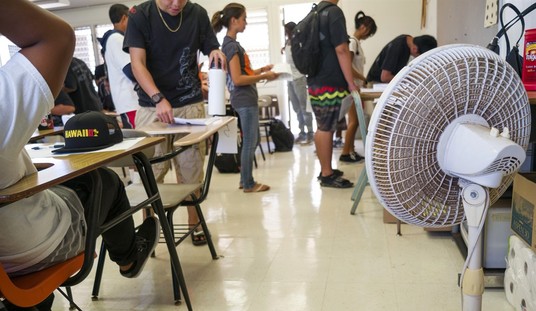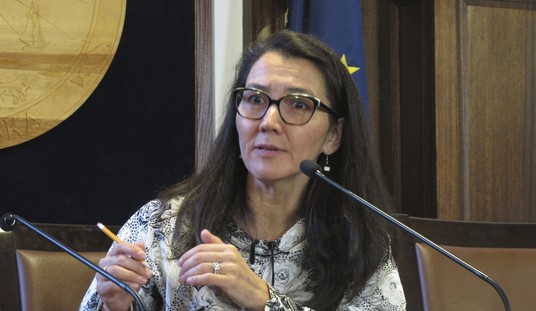
In this Nov. 27, 2017 photo, young men walk past abandoned houses in the Sandtown-Winchester neighborhood of Baltimore, a block away from site of Freddie Gray’s arrest. In Sandtown-Winchester and other struggling neighborhoods, pervasive frustration and appalling inequity will take years, if not decades, of sustained attention to address, and even the most committed and energetic community activists are pessimistic. (AP Photo/Patrick Semansky)
The Census Bureau just released national population estimates, because they reflect the population as of July 1, 2019, they give us a real insight into what will happen with decennial census that will be carried out in 2020.
42 states and the District of Columbia had fewer births in 2019 than 2018. Eight states saw increases in births – Washington (612), Utah (293), Nevada (232), Arizona (175), Idaho (166), Montana (66), Vermont (44), and Colorado (30).
Twenty-four states and the District of Columbia saw increases in their number of deaths compared to the previous year. Four states had more deaths than births, also called natural decrease: West Virginia (-4,679), Maine (-2,262), New Hampshire (-121) and Vermont (-53).
Twenty-seven states and the District of Columbia lost population through net domestic migration between 2018 and 2019, six of which had losses over 25,000, and three of which experienced losses greater than 100,000. The top states with net domestic migration loss were California (-203,414), New York (-180,649), Illinois (-104,986), New Jersey (-48,946), Massachusetts (-30,274) and Louisiana (-26,045).
The Wall Street Journal translated the migration and natality/mortality patterns into what will probably happen in 2020.
Based on Monday’s figures, Texas is poised to gain two congressional seats, and Arizona, Colorado, Florida, Montana, North Carolina and Oregon are expected to gain one. Eight states are expected to lose one seat: California, Illinois, Michigan, Minnesota, New York, Pennsylvania, Rhode Island and West Virginia.
If this plays out as predicted, Democrat strongholds will lose 5 House seats. This probably means a that Republicans in those states will find themselves the victims of redistricting to preserve Democrat Congressional seats.
There has been some discussion of what the outflow of people from our own equivalent of Third World sh**holes, like California, will have on the states where those migrants finally settle. Some on the left have gotten all leg-tingly over turning Texas Blue. If research done by the left-leaning Texas Tribune is any indication, the new arrivals from California and other states tend to be more conservative than native residents. In 2018, Ted Cruz held off Beto O’Rourke because he won new arrivals by 15 points.
…Given this influx of new residents, we are fortunate to have at times asked our respondents whether they have moved to Texas from California, and though the actual number of these people is but a small subsample of our surveys, we have enough respondents to make two broad conclusions. First, these newcomers, on average, tend to be conservative. Pooling data from the May 2012 and February 2013 UT/Tribune surveys, we found that 57 percent of these California transplants consider themselves to be conservative, while only 27 percent consider themselves to be liberal (a fair guess as to the margin of error is somewhere around +/- 7 percentage points). Second, these new Texans aren’t rushing to find homes in the state’s urban centers: 55 percent are heading to the suburbs, the rest evenly dividing themselves between rural and urban locations.
So while some may want to perceive the wave of Californians coming to Texas as part of the broader demographic trends that might eventually turn Texas purple, and then blue, the data collected to date suggest that Perry’s pitch appears to be hitting a chord with Californians who wear cowboy boots instead of Birkenstocks.
Rather than putting states into play, if the Texas Tribune data can be extrapolated nationally, the Census data actually indicate a hardening of fault lines between America and those states run by the left. Arizona, Colorado, Florida, and North Carolina could very well cease being swing states and become solidly Red. California, Illinois, and New York Republicans will not only become more scare, they will have to move to the left to be competitive.
The other question to ponder is whether the out-migration from Sh**hole America is over? Is it a slow hemorrhage? Or are we on the verge of seeing the dam break as the pressure of high local taxes and the results of far-left governance become just too much for most people to bear?














Join the conversation as a VIP Member